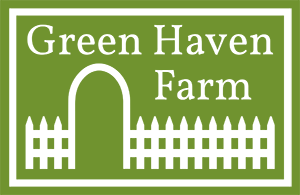Year Round Container Gardening –Part Two
By Alyce Goldman
In part one of this series, we talked about container selection, soils and general maintenance and design considerations. This article has some considerations for plant selection.
Plants needing different soils
One of the many advantages of using year-round planters is the vast selection of plants available because there is more control over growing conditions.
The acid/alkalinity levels and the drainage rate of the soil are easily controlled. A hot location with sharp draining soils that plants like Lavender, Lewsia and so many Mediterranean plants love can be duplicated with a sandier soil mix and a sunny planter location.
Small woodland plants that require moist, organic, acid soils and are easily over-run by their neighbors can create a charming planter in a shady corner. Planters can be placed under trees to prevent root competition between the tree and smaller plants.
This article from Penn State Extension has more information on creating potting mixes for containers.
A petite plant grouping
When planting, group together plants that thrive under the same conditions but have a variety of shapes, heights, textures, foliage color and bloom times. Consider perennials and woody plants to partner with more traditional annuals. Although they have more limited bloom periods, perennial plants provide beauty for multiple years and can be added to the landscape if they outgrow the container or you simply want a change. Perennial plants will get colder in the winter in containers, so choose varieties that are 2 zones hardier than the garden location.
Echinacea purpurea with Great Spangled Fritillary
While sun-loving perennials often add punch with flowers, include ones that also have interesting foliage like Dianthus, Geranium, Iris, Stachys and various grasses. Some varieties of Penstemon and Heliopsis have lovely purple-ish stems and foliage.
For planters dedicated to attracting butterflies, use Achillea, Agastache, Allium, Calamintha, Coreopsis, Echinacea, and Nepeta. Butterflies enjoy sunny spots and also flowers that provide a good landing area. Consider adding a vertical shrub to provide a resting spot and potential hiding area from predators.
Rub-throated humming bird on Salvia
To attract hummingbirds to a planter, include Mondarda or Salvias. Annuals such as Cuphea, Lantana, or Verbena provide flowers that hummingbirds love and blend well with perennial plants. Having planters that are elevated, such as on a wall or even elevated within the grouping, allows you to appreciate your hummingbird visits at eye level. This also helps when viewing from a distance.
Some shade tolerant plants that offer year round interest are, Astible, Pulmonaria, Polemonium, Thalictrum, Carex, Packera, and of course ferns. Hostas are the preeminently useful shade plant and using one by itself or a grouping provides nice foliage interest. Including a shade tolerant evergreen provides off season interest.
Hosta
Just think of all the possibilities! All season planters offer endless ways to express your love of gardening!





